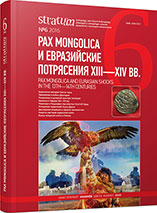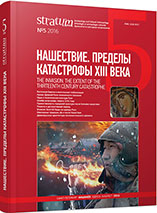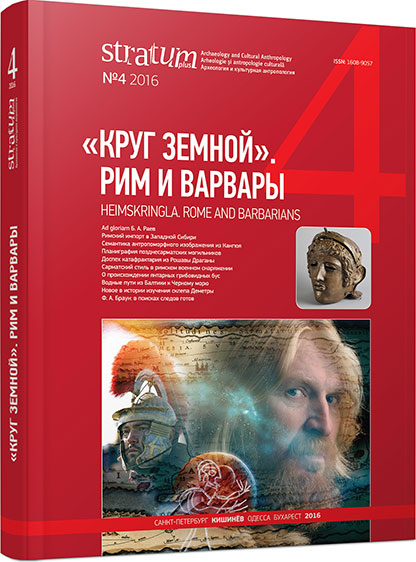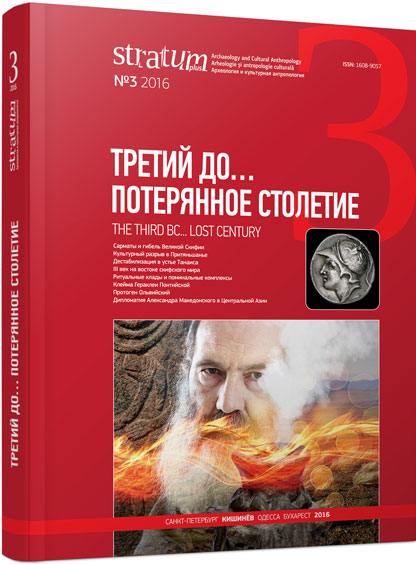
Карпато-Дунайские земли в эпоху Джучидов: некоторые соображения и неисчислимые «пути взоров»
The long existence of this region under the rule of the Golden Horde had a significant impact on the local social structures. Although governing the western margins was a challenge, khans managed to install here a system of exploitation of the local settled population with the help of the basqaqs rather quickly. However, the political instability would soon bring the commander Nogay into these lands. His empowerment generated some quite controversial trends to both usurpation and separatism. Having dealt with this threat to the unity of Jochi’s Ulus, Uzbek Khan proceeded to Islamic transformation of the country. However, his reforms confronted the Christian world and were not very successful. The steppe aristocracy kept its old life style and enhanced independence of its provinces with Janibek ascending to the throne. The Black Death pandemic and the changes in the population and infrastructure it brought about contributed to the country’s quick disintegration. In its peripheries, the earlier dominated peoples would proclaim their independence. The proposed reconstruction requires further elaboration and specification.
More...


